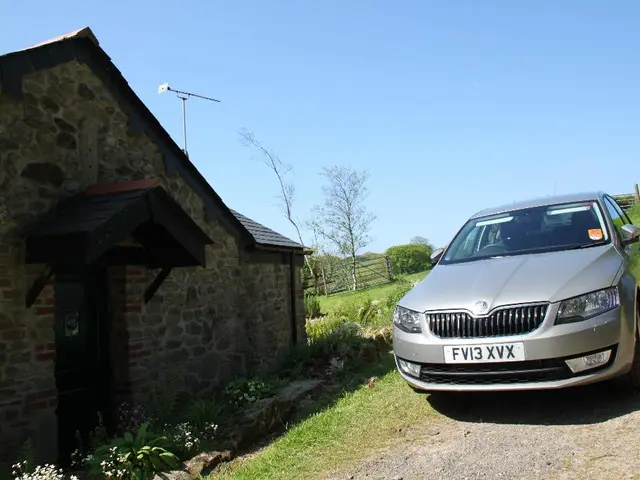Vermont Report Urges Multi-Faceted Approach to Meet Ambitious GHG Emissions Targets
A comprehensive report by the Regulatory Assistance Project (RAP), commissioned by the Vermont Public Utility Commission, explores strategies to cut Vermont's greenhouse gas (GHG) emissions. The study, released in July 2018, examines both carbon dioxide pricing and nonpricing policies, highlighting the challenges and potential solutions for the state's emissions targets.
Vermont's emissions have been rising since 2011, and current policies are not expected to meet its ambitious targets. The state statute mandates a 58% reduction by 2028, while Governor Scott aims for a 26-28% cut by 2025. The report suggests that a carbon dioxide-pricing-only strategy may not achieve these goals without a significantly higher carbon dioxide price.
Combining moderate carbon dioxide pricing with nonpricing policies, such as energy efficiency and renewable energy programs, could potentially meet the US Climate Alliance (USCA) target but falls short of the statutory target. Revenue generated from carbon dioxide pricing, projected to be between $74.7-$433.8 million annually by 2025, could fund these nonpricing policies or provide per-household rebates, reducing tax burdens on wage income. The economic impacts of carbon dioxide pricing in Vermont are expected to be minimal, with benefits exceeding costs when environmental and health impacts are considered.
The report underscores the need for a multi-faceted approach to reduce Vermont's GHG emissions. While carbon dioxide pricing can generate significant revenue, it must be complemented by nonpricing policies to meet the state's ambitious emissions reduction targets. With emissions projected to be only 14% below 2005 levels by 2028 under current policies, Vermont must act swiftly and decisively to implement effective decarbonization strategies.
Read also:
- Setting Up and Expanding Operations at a Soil Blending Facility
- Regional University's healthcare system strengthened through collaborative partnership with Chancellor Dr Fiona Hill
- Reminisced University Trustee David M. Flaum as a 'fervent advocate' for the University and community
- TU Braunschweig Celebrates Institute's Centennial as Two Start-ups Win Prestigious Prize








